‘The Little Mermaid’ Director Rob Marshall On Turning Animated Classic Into Live-Action Summer Disney Musical: Q&A
- Oops!Something went wrong.Please try again later.
- Oops!Something went wrong.Please try again later.
- Oops!Something went wrong.Please try again later.
- Oops!Something went wrong.Please try again later.
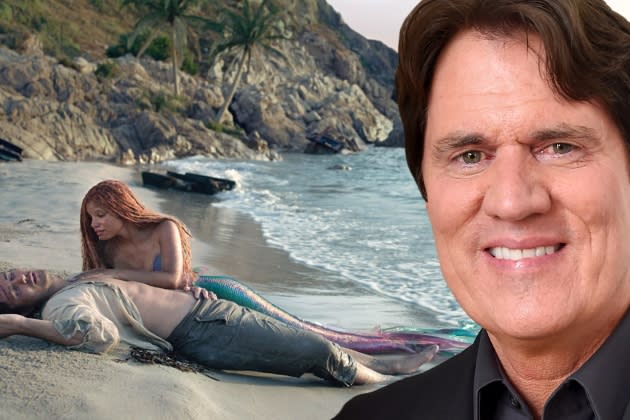
EXCLUSIVE: After a herniated disc during a Cats performance prompted Rob Marshall to switch from dancer to director, his first feature, Chicago, won Best Picture. It has been a charmed run for Marshall since, with hits from Pirates of the Caribbean: On Stranger Tides to Memoirs of a Geisha, Nine, Annie, Into the Woods and Mary Poppins Returns. Rarely has Marshall been as charged up as he is after coming through a four-year ordeal to turn Disney’s 1989 2-D animated classic musical The Little Mermaid into a live action feature. Beyond the logistical complexities of staging a musical set half undersea and the other half on land where the title character sacrifices her voice for a chance at life as a human, the film is the most color blind major studio adaptation of a classic property you’ve ever seen.
Start with the title character, here played by Halle Bailey, half of the sibling singing tandem Chloe X Halle. With the voice of an angel, she is poised to emerge as a major new screen presence. Bailey stars alongside Jonah Hauer-King as Prince Eric, with Javier Bardem as Triton, Awkwafina and Jacob Tremblay as Scuttle and Flounder, Daveed Diggs as Sebastian, Noma Dumezweni as a new character, Eric’s mother Queen Selina. And a wickedly delicious turn by Melissa McCarthy as the power hungry sea witch Ursula. Here, Marshall explains why he could not resist taking the plunge on a job he initially thought impossible, and turning the film that started decades of Disney animated dominance into a live action musical that should become one of the big hits of summer when it bows May 26.
More from Deadline
'The Little Mermaid': First Look At 'Kiss The Girl' Musical Number Airs During MTV Movie & TV Awards
DEADLINE: What is the biggest challenge in a live action adaptation of an animated classic Disney musical, half of which takes place underwater? Most actors don’t sing well underwater.
ROB MARSHALL: That was the most daunting aspect of this whole thing and why I almost didn’t say yes. I thought, I don’t know how to do that, it’s impossible. No one’s ever really done a live action underwater musical. There have been beautiful underwater sequences but to do production numbers, songs, scenes with live actors underwater, how do you do that? You can’t sing and speak underwater. So it became a blue screen stage situation. I brought on a great team of people, our visual effects supervisor, Tim Burke, our editor Wyatt Smith, and our DP Dion Beebe.
Myself and the producer John DeLuca, we sat down with them and started to actually create storyboards and then went right directly into pre-visualization so we could literally choreograph in advance the entire underwater part of the film. Every single move of every actor, like Hitchcock used to do. Here, it had to be like that so we could figure out how the camera would move and how the people would move. We knew they would be on different kinds of rigs and we actually kept using newer rigs. Each time we turned around, there was something new that came out. Like one they call the tuning fork, this huge crane arm with a disc that an actor can sit in and spin around and move. We used that, teeter totters and wires, and pre-planned it all and put it into almost like a little mini movie.
On the stunt team, every single actor had maybe 10 people working with them. That’s just how we started. I knew that we would have to add the water digitally, all the background, all the fish, and of course their hair. Halle and Javier and Melissa, they were all wearing wig caps with tracking marks. No costumes, though Javier had his armor and Melissa had a top that Colleen Atwood designed.
But it all had to be created digitally and that’s why this film took four and a half years from inception. And then, a week from filming, we shut down for seven months because of Covid. It was so crazy. But we used that time to continue to prep and figure all this out because of my original goal.
DEADLINE: What was that?
MARSHALL: As technically challenging as this film was…it was the most challenging of my career and I certainly couldn’t have done it without having done all the films I’d done date…I really didn’t want the technical aspect of the film to lead it. I didn’t want people to see that. I wanted to make it feel seamless. So the most important thing is the emotion, the story, the characters, the acting. That had to lead the film so that you’re invested in it. Otherwise, who cares, because it would be a technical exercise.
DEADLINE: Melissa McCarthy’s giant squid Ursula is like this slithering sultry nightclub singer, tentacles and all. How did you do make that work?
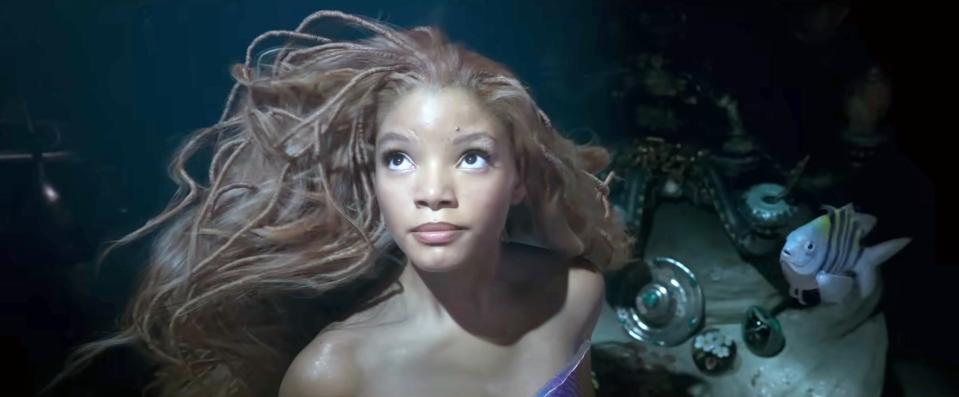
MARSHALL: We brought in eight dancers to work with her, playing each of her tentacles. They literally puppeteered her tentacles as if we were doing War Horse on stage. They would be in the rehearsal space with her, starting on the ground in this massive clamshell so Melissa could get a sense of her space. Then we put them all into the air. There was a moment where a tentacle goes around Ariel, and one takes her face and turns it. We could choreograph the tentacles. Melissa was so hilarious; she kept saying, I’m gonna take them on the road. We’re gonna play Vegas, me and my tentacles. This was the only way to do it. We had so much prep and rehearsal, which was fantastic because I come from the theater and know how invaluable that is to be able to rehearse. On this movie, everything had to be literally choreographed. Sometimes I would say, action. We would do one line on a certain rig, and I’d say cut. And we’d put them in another rig. We’d do another line, and then I’d say cut. And then the next rig. It was the craziest thing. So it’s like this mosaic because it’s almost impossible to move like that unless you, you know, piece it together.
DEADLINE: I recall director Paul Feig telling me when he put together Bridesmaids, the actresses told him, “You have to see our friend Melissa McCarthy.” He went to an improv show and said that whenever she was scheduled to appear, the line of people ran around the block because you never knew what she would do. Here, she sings really well and does this performance with her tentacle entourage that is funny but also menacing. How did you know she was going to work as Ursula?
MARSHALL: My goal always when I’m casting is that I never have to really choose. It’s sort of chosen for you. Someone comes in and claims the role as theirs. I’d seen her work and knew she was a really strong actor; not just as a comedian, but in deeper ways too. The first thing she said to me, ‘I started my career in drag.’ I said, really? Drag shows? I said, you’re kidding. It was funny because you know, Ursula the character was originally based on the actor Divine. I thought, that’s kind of fortuitous, isn’t it? And then, Melissa was just so game and fearless. It had to be her because I needed the full range of colors from her. You have the humor, but you have to have the darkness, and she had to find the depth inside this character. Why is Ursula the way she is? She’s trapped in this place, banished there by her brother, Triton. She feels like the black sheep. She brought all those colors to life, and then the biggest surprise was her singing.
DEADLINE: How so?
MARSHALL: It was just so surprising she did it so well. Through my career, I’ve loved working with actors who were new to singing. Renee Zellweger and Richard Gere in Chicago, Kathy Bates in Annie, Emily Blunt, Chris Pine. I love working with actors who are singing for the first time, because they approach the singing from their character.
DEADLINE: Perhaps the most apt description of hearing Halle Bailey as the Little Mermaid singing “Part of Your World” is that those little hairs on the back of your neck that you are unaware of will be standing at attention. Describe your reaction when you first heard Bailey sing the song?
MARSHALL: I first saw Halle on the Grammys, when we had just started casting. We were looking everywhere, and there was no agenda to cast a woman of color. Just, let’s find the best Ariel. And then I saw this beautiful creature, singing like an angel on the Grammys. I thought, who is this? We brought her in. I had no idea if she could act, but thought, she’s so kind of ethereal and otherworldly about her. And when she sang “Part of Your World,” by the end of the song, I was in tears. I wasn’t even aware that I was in tears. She was so deeply connected to the emotion of the song. You know, she just has a natural depth to her.
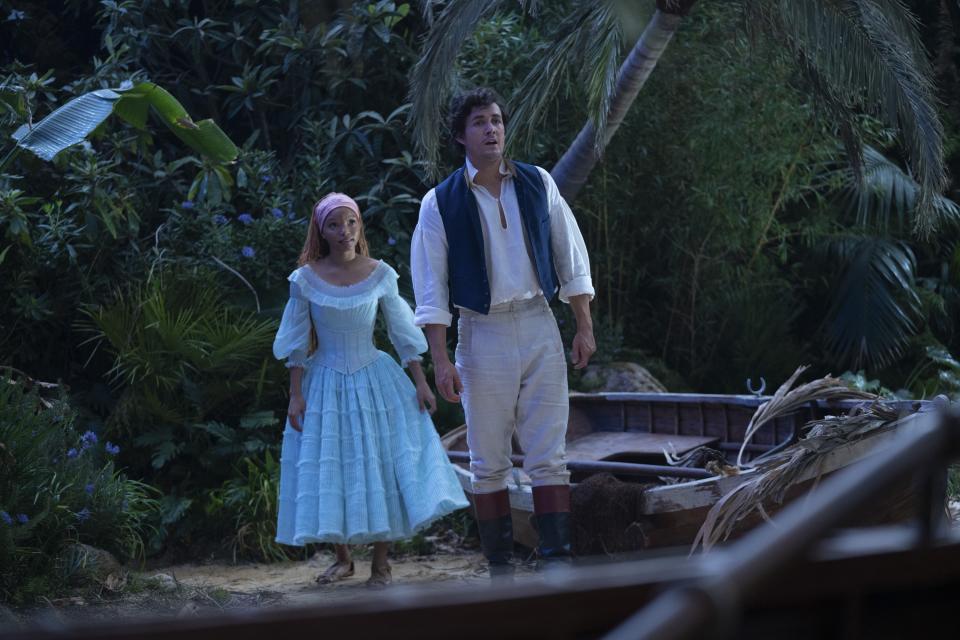
The thing about Ariel that’s so tricky is that you’re asking for so many things. You’re asking for innocence and vulnerability, but strength at the same time. Strong-willed, almost bullheaded kind of character who sees what they want and goes to get it. But there had to be joy from her, and Halle had all of that. She was the first actor we saw for the film, the first one. And then we saw everybody else. She set the bar so high, and nobody surpassed that bar. We did a screen test with her, and it was just, well, this is it. I went immediately to Bob Iger with the screen test, and within minutes he said, yes, of course. She’s Ariel.
DEADLINE: Her reaction when you called her with the news?
MARSHALL: I call her and said, “Hello, is Ariel there?” It really hit her then. She said, “What? Are you serious?” She’d told me that as a kid, she used to pretend she was Ariel. The Little Mermaid was a very big movie for her as a child. It’s funny how it was for your daughter, and even someone who’s 10 years younger and then even younger than that. They find inspiration from it. Halle was just overwhelmed with emotion.
DEADLINE: There was an initial press narrative about her skin color…
MARSHALL: I didn’t think that it was a big deal, casting a woman of color. I thought, that’s an archaic way to see the world. When that controversy arose, from narrow-minded people, I thought, wow, that really feels like it’s coming from another century. Are we really still there? But the bonus that came with that casting, and I wasn’t aware of it at the time, is seeing these young girls of color and young boys of color looking at her and thinking, wow, I’m represented. It was very, very moving to me.
DEADLINE: I’d never really considered this until I had a conversation with Lupita Nyong’o for Black Panther. She said that as a child growing up in Africa, her screen models were Jackie Chan and Steven Seagal. Lupita never saw anyone who looked like her onscreen, until The Color Purple. She saw herself as ugly, partly because she didn’t see people onscreen who looked like her. What do you hope it will mean for all the young people who’ll see the Little Mermaid played by an actress of color?
MARSHALL: It gives me deep pride and it is an important reminder that this is still sort of new. The idea that women and men of color are cast across the board. We’re still developing and growing in that area. It is important that people are represented, and vital that people see themselves and can imagine themselves and don’t have to feel like outsiders. The technical aspects were daunting when I was weighing whether or not to do this film. But when I went back to the Hans Christian Andersen tale, which I did immediately, I found this very contemporary story about an outsider, someone who felt like they didn’t fit it in. Who felt like they were displaced in some way and saw their life in a different way. That was very modern to me, this idea that this young girl breaks all the barriers, the borders and walls that are put up between her and this other human world. She builds a bridge to that and learns not to be afraid of someone who is different from her. It was interesting to me that this whole idea of prejudice in the world is really what the film’s about.
Breaking down that wall and saying, I’m not afraid of the humans. I’m not afraid of those people. It’s a journey of self-discovery, but she embraces that world and, and teaches. She teaches her father that there’s nothing to be afraid of with those who are different from you. As the world in many ways becomes more divisive, this felt like an antidote to all of that. The whole time making the film, it felt like an antidote to this divided place we’re in, an important reminder that we’re really all one.
DEADLINE: You revived a classic Disney property with Mary Poppins Returns, and you did a Pirates of the Caribbean. Much happens on a similar-looking ship that crashes into a reef and leads to Ariel’s encounter with Prince Eric, when she saves him from drowning. How were those past film experiences helpful?
MARSHALL: If I hadn’t done those movies, I don’t think I would’ve been ready for this, because I was doing three movies at once. An action movie on land with the ship and the castle; this massive underwater extravaganza; and a musical. All of the stuff that happened on the ship, well I was helped by bringing aboard John Myhre, my production designer on the Pirates film I did. So, we knew how to build a ship and how to work on a ship and how to work on a gimbal. We were not at sea at all, we were in a backlot at Pinewood on a massive three story gimbal. The ship itself was like five stories. We had to literally climb up three stories just to get to the bottom of the ship. The whole thing had to rock and move. We had these massive dump tanks and huge spray cannons, for the shipwreck. We at least had a working knowledge of how ships work, and how to work with actors on a ship.
Even though there was an animated live action sequence in Mary Poppins, all of that helped me with the underwater sequence, because you’re basically building a world around your live actors. And even though we did it with hand painted artists who were literally drawing like in olden days, this was similar in that you were working inside a blue screen area, with everything being created around it. I actually worked with these wonderful puppeteers who helped us play the different characters. We had Daveed Diggs who played Sebastian, and Awkwafina, who played Scuttle, and Jacob Tremblay who plays flounder. We brought them into rehearsal so Javier could actually play a scene with Daveed Diggs.
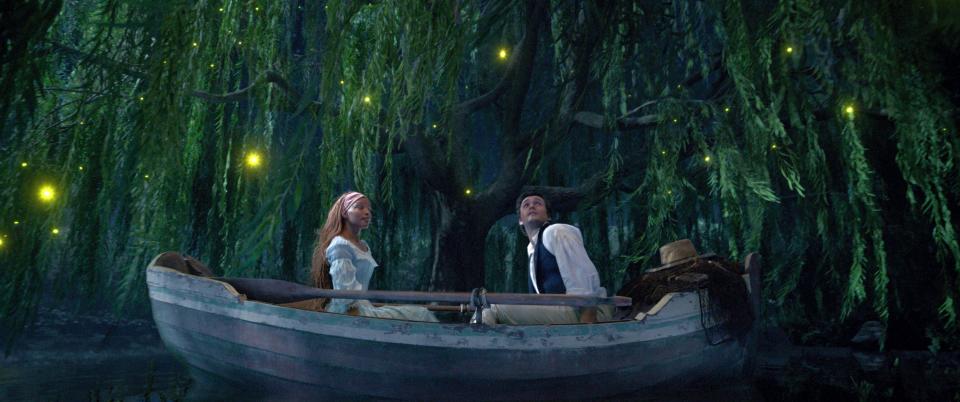
DEADLINE: You had touchstones from The Little Mermaid, but a lot of this story felt different. It had to be on your mind that you didn’t want to be a stenographer, re-staging an animated film note for note. How did you approach this challenge?
MARSHALL: It has to be different, and when you attack something live action, there’s things that work in animation that just won’t work for you. When I looked at it as an overall piece, I realized some things. Ariel is the lead of the animated film, and she has one song. One! Eric, the other lead, has no songs. And he’s kind of a wooden, two-dimensional character. There was an opportunity to expand and flesh it out, and bring something deeper and more textured. Who is Eric? Why do they fall in love? You know, I really wanted to make it clear that they were kindred spirits, dealing with the same issues. They both felt that they didn’t fit in. There was a sense of displacement, but also that they wanted something more, and they weren’t afraid. I began to see it as a more of a Romeo and Juliet-esque tale; they’re from different worlds, warring factions, and they find each other and build a bridge between these two worlds. We needed to bring something more to him. We came up with the character of the Queen, who is Eric’s mother, so we understood his relationship with her, how she doesn’t understand him and what he wants, and how that mirrors what Triton is going through with Ariel.
Also, Ariel had one song, and we had to hear more from her, even though she loses her voice to become a human. We came up with this idea: what is she feeling when she first comes on land? And so John DeLuca and myself and David Magee came up with this idea for a song called “For the First Time,” which allowed for a full montage of her experiences on land. We found a song for Scuttlebutt, written for Awkwafina, who’s really funny and also a wonderful rap artist too. And another reprise for Ariel later on. The bones of this are important; I love the original. When I saw it in 1989, I remember it was a big deal. It was the return of the movie musical, 1989. Musicals were nowhere, but even though it was animated, this was a musical and I remember I was on Broadway at that time, and the entire Broadway community was so excited about that. It ushered in that whole era of the animated musical, Beauty and The Beast Aladdin, The Lion King. I always felt a little connection to The Little Mermaid because in a way I felt like it opened the door for Chicago. My first film. I felt like, people had begun to accept other people breaking into song, again. Here, it was really about finding a take, taking something that’s there that works, that’s beautiful, but also then deepening it and giving it more scope, and finding this beautiful epic love story that’s in the middle there.
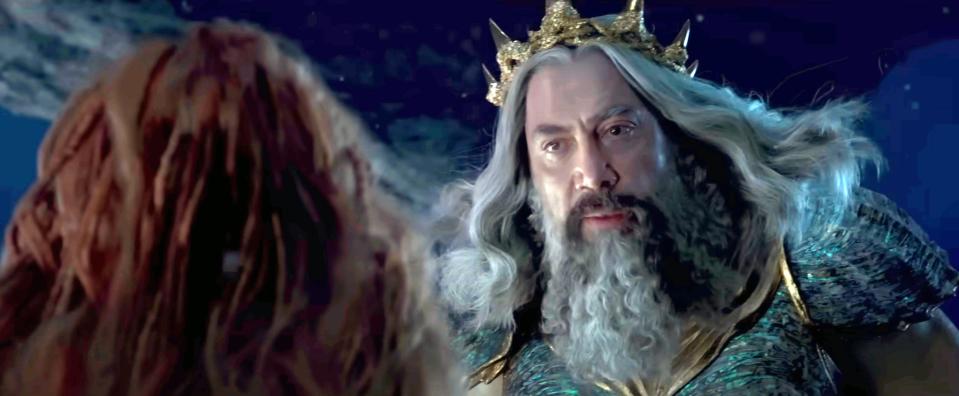
DEADLINE: Jonah Hauer-King, who plays Prince Eric, is another discovery with a strong voice.
MARSHALL: We looked at everybody, American actors, British actors, every ethnicity too, just looking for that right combination. We boiled it down to three guys. Jonah was such a good actor, and so likable. You like him immediately. I knew he could add depth to the character and not be that wooden guy [in the animated film]. We put Halle with the three different guys, and once again, I didn’t have to make the choice. It was made for me. It was so obvious. They had immediate chemistry. They just liked each other. When we were filming the screen test, they were laughing and having a great time off camera. You could just see there was an ease about them. He seemed like a gentleman, a throwback to another time. The whole movie hinged on that relationship and Ariel’s relationship with her father. And then we found out he could sing. He was new to that, but approached it not from a technical standpoint of here are my big notes I’ll hit, but from the character. He worked and worked to find his way through that, and they wrote a beautiful song, “Wild Unchartered Waters,” which is his “Part of Your World.”
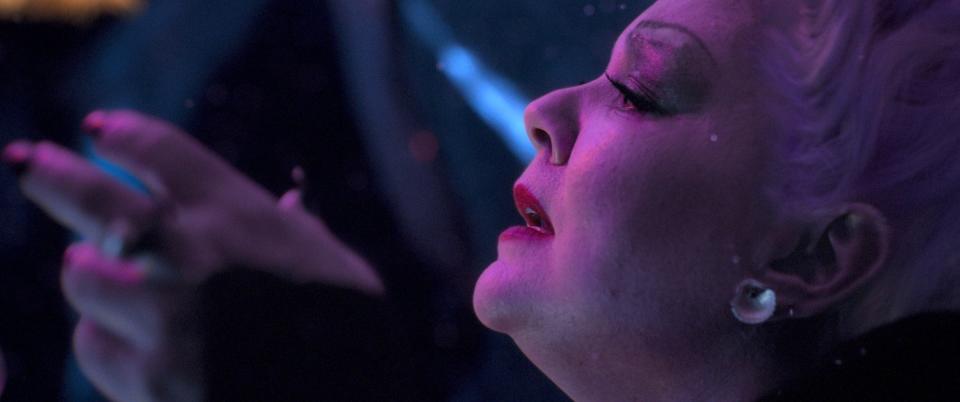
Best of Deadline
Cannes Film Festival Photos Day 3: Harrison Ford, Phoebe Waller-Bridge, ‘Le Regne Animal’ & More
Hollywood & Media Deaths In 2023: Photo Gallery & Obituaries
Sign up for Deadline's Newsletter. For the latest news, follow us on Facebook, Twitter, and Instagram.

